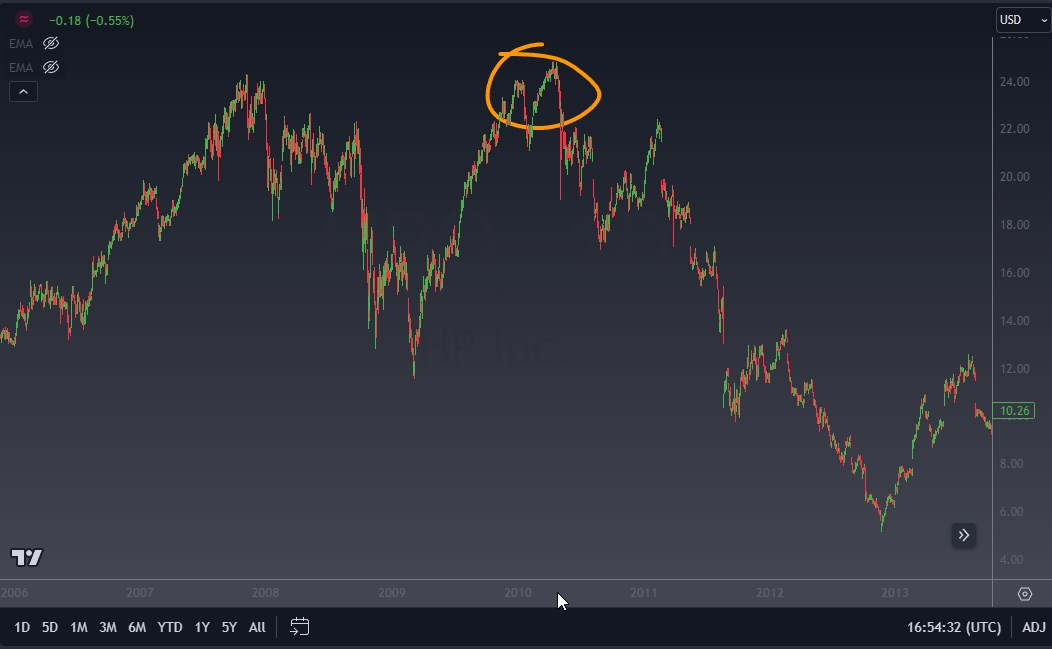In the dynamic world of trading, where opportunities and risks intertwine, a nuanced understanding of long and short positions is indispensable for crafting a robust and effective trading strategy. Investors who are equipped with the knowledge of both sides of the market can make informed decisions that maximize their potential gains while mitigating potential losses.
This article delves into the historical evolution long position vs short position, core strategies, risks and rewards, debunking of myths, and modern trends surrounding long and short positions, offering a comprehensive insight for the informed investor.
Historical Perspective of Long and Short Positions
The Evolution of Long Positions
Long positions have been a cornerstone of financial markets for centuries, tracing their origins back to early stock exchanges and commodity markets. Historically, a long position represents ownership of an asset, with investors put money and hoping to benefit from its appreciation over time.
As markets matured, long positions grew in importance, forming the basis of traditional buy-and-hold strategies that have withstood the test of time.
The Genesis of Short Positions
Short positions, on the other hand, emerged as financial markets evolved. The concept of short selling gained prominence in the 17th century when early traders sought to capitalize on market downturns.
It gained further traction as stock markets became more complex, and investors began to recognize the potential profitability of betting against overvalued assets. Short positions allow investors to profit from price declines, adding a unique dimension to trading strategies.
Core Strategies: Unraveling Long and Short Positions
Principles and Mechanics of Long Positions
Long positions revolve around purchasing an asset with the expectation that its value will appreciate over time. This strategy is often aligned with a patient investment approach, as a long position is seeking to capitalize on the inherent growth potential of quality assets. Long positions offer investors the potential for steady returns and dividend income, aligning well with retirement planning and wealth accumulation goals.
Key Characteristics of Short Positions
Short positions involve selling borrowed assets with the anticipation that their value will decrease, allowing the investor to repurchase or sell them at a lower price and pocket the difference. This strategy is more complex and carries inherent risks due to the unlimited potential for losses if the asset’s value rises unexpectedly. Short positions are commonly employed by sophisticated traders to hedge against market downturns or to speculate on overvalued assets.
Short position trading isn’t the safest way to trade, but the professional investor will be comfortable betting on the underlying asset. The underlying asset’s price falls, and then they profit. However, there is a huge headache involved with some assets, such as stocks, where you need to “borrow shares” to sell short to someone else. Then, you must buy back shares to return the shares to the original lender. There are also financing costs involved as well.
Risks and Rewards: Analyzing Both Strategies
Assessing the Potential and Risks of a Long Position
Long positions offer stability and growth potential, but they are not without risks. Market fluctuations, economic downturns, and company-specific issues can lead to losses for long position holders. However, historically, patient investors who weathered market storms have reaped substantial rewards from a long position, with long-term investments often outperforming short-term speculation.
It is the long position holder that is the most common type of investor, and it is based on the purchase price being reasonable, before the investor sells at a higher price. The higher price isn’t guaranteed, but it typically will come sooner or later, giving credence to the phrase “time in the market beats timing the market.” Over time, through inflation the asset price of many things will climb.
Evaluating the Rewards and Dangers of Short Positions
Short positions provide the potential for profiting from falling markets, but the risks are significant. If the fall or the asset’s value rises unexpectedly, short sellers could face substantial losses, as they must eventually repurchase the asset to return the borrowed shares.
In other words, they must enter a defacto “long position” to get out of trouble, increasing pressure to the upside. Market sentiment can also turn against short sellers, leading to rapid price increases and what’s known as a “short squeeze.”
Market Realities: Debunking Myths
Addressing Common Misconceptions about Long Positions
Contrary to popular belief, long positions are not risk-free. They can experience losses during market downturns, and holding onto underperforming assets can lead to missed opportunities. Long-term investors must be vigilant about diversification and ongoing portfolio assessment.
Clarifying Short Position Misunderstandings
Short selling is often misconstrued as a nefarious practice. In reality, it serves essential market functions by providing liquidity, revealing overvalued assets, and facilitating price discovery. Short sellers, like long investors, take calculated risks to contribute to the efficient functioning of markets.
Modern Trends and Future Prospects
Contemporary Successes in Long Positions
Modern examples of successful long positions include companies that have shown consistent growth over time, for example such as tech giants like Apple and Amazon. Investors who recognized their potential early on have reaped substantial rewards, underscoring the power of long-term vision. However, you should be aware that value is something that you need to find, and you do so through financial analysis and a fair amount of patience.
A Study of Successful Short Strategies
Recent instances of effectively executed short positions, like those targeting overvalued companies going short, in sectors like renewable energy and cryptocurrency, demonstrate the relevance of short selling in contemporary markets. These examples highlight the importance of thorough research and risk management in short strategies.
For example, there was a famous position by Jim Chanos, shorting Hewlett-Packard (HPQ) as he saw that the merger between HP and Autonomy, a UK-based software company. He knew the financials for Autonomy were miserable, and once HP bought it, he aggressively shorted it. You can see the results on the chart below.

Chanos rode the stock down from the $21 level, all the way down to the $11 level. This move was once that the company took years to recover from. While not the easiest way to make money, short position trading can be very lucrative.
Conclusion
In the ever-evolving landscape of trading, an informed investor must possess a deep understanding of both long and short positions. The historical evolution, core strategies, risks and rewards, debunking of myths, and modern trends associated with these positions collectively form the foundation for making strategic and calculated investment decisions. A well-rounded comprehension of long and short positions underlying asset itself is not only a sign of a savvy investor but also a prerequisite for navigating the complexities of financial markets with confidence and prudence.
A short position is a more complex way to get involved in the market, but it does allow the trader to benefit from a drop in the asset. Furthermore, not only should you look into long and short position trading, but the fact that you must pay fees to short stock position, or short sell anything. The Contract for Difference (CFD) market allows you to not only take a long or short position in assets, you can do so with leverage, and without having to “borrow shares” like you do in the traditional markets. With PrimeXBT, you have a much easier way to trade with your margin account.
The content provided here is for informational purposes only. It is not intended as personal investment advice and does not constitute a solicitation or invitation to engage in any financial transactions, investments, or related activities. Past performance is not a reliable indicator of future results.
The financial products offered by the Company are complex and come with a high risk of losing money rapidly due to leverage. These products may not be suitable for all investors. Before engaging, you should consider whether you understand how these leveraged products work and whether you can afford the high risk of losing your money.
The Company does not accept clients from the Restricted Jurisdictions as indicated in our website/ T&C. Some services or products may not be available in your jurisdiction.
The applicable legal entity and its respective products and services depend on the client’s country of residence and the entity with which the client has established a contractual relationship during registration.




